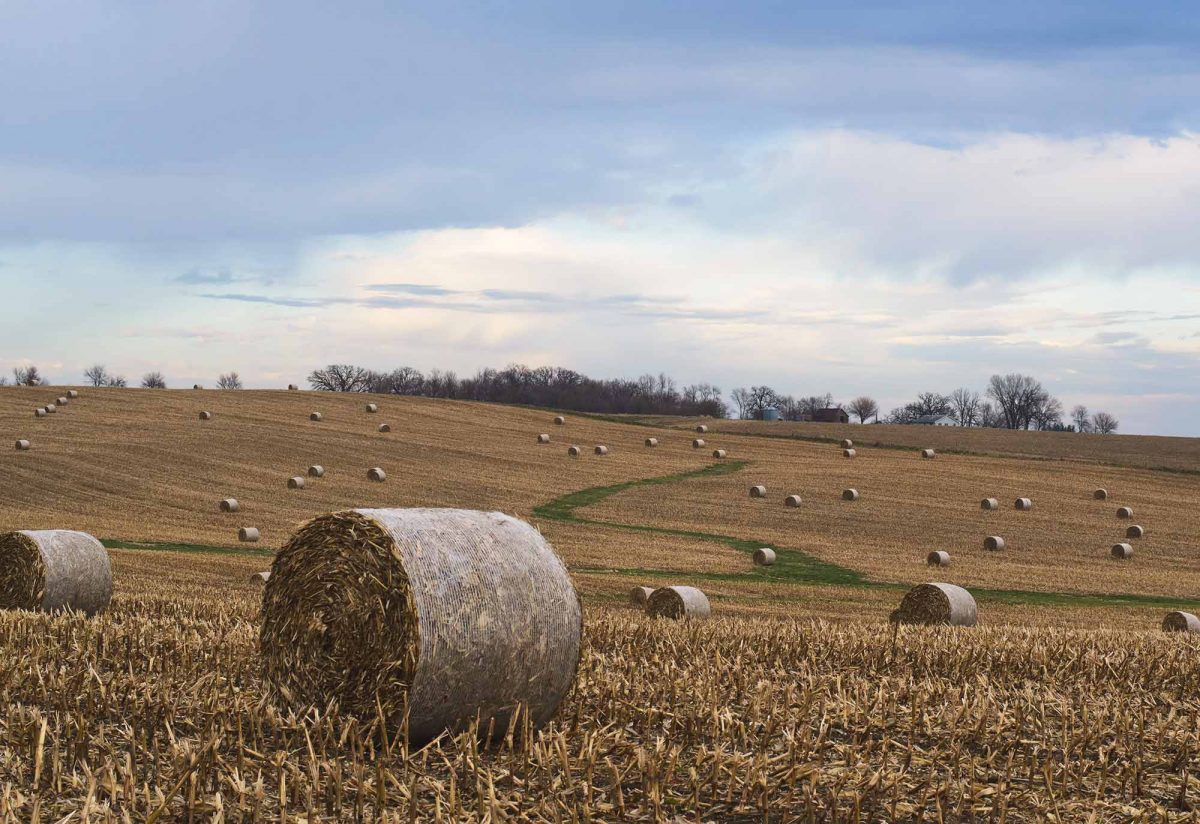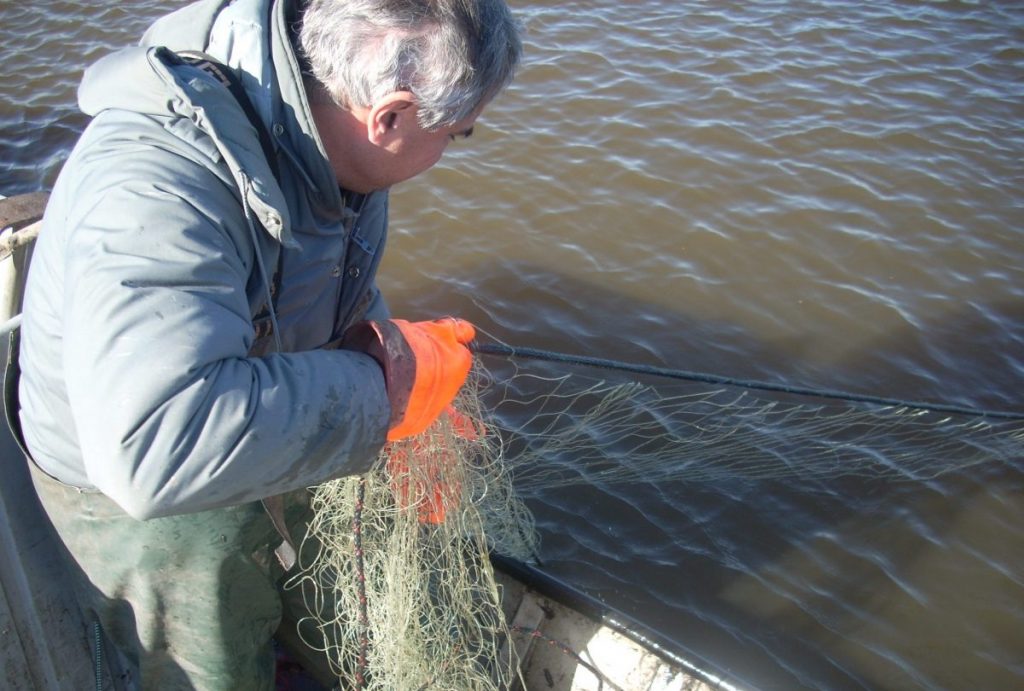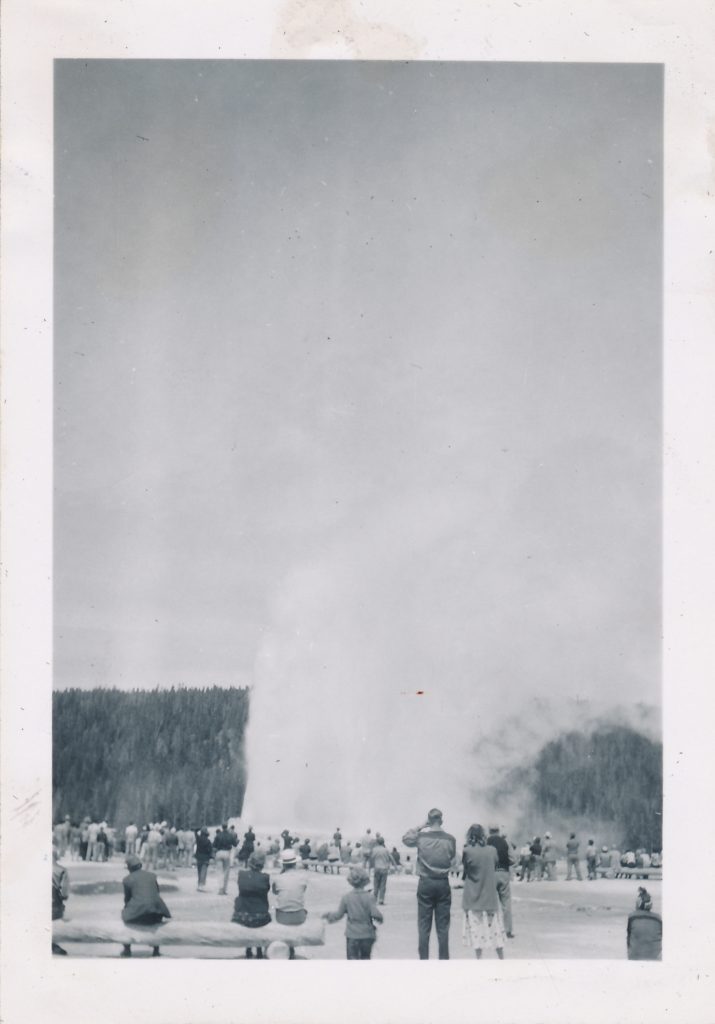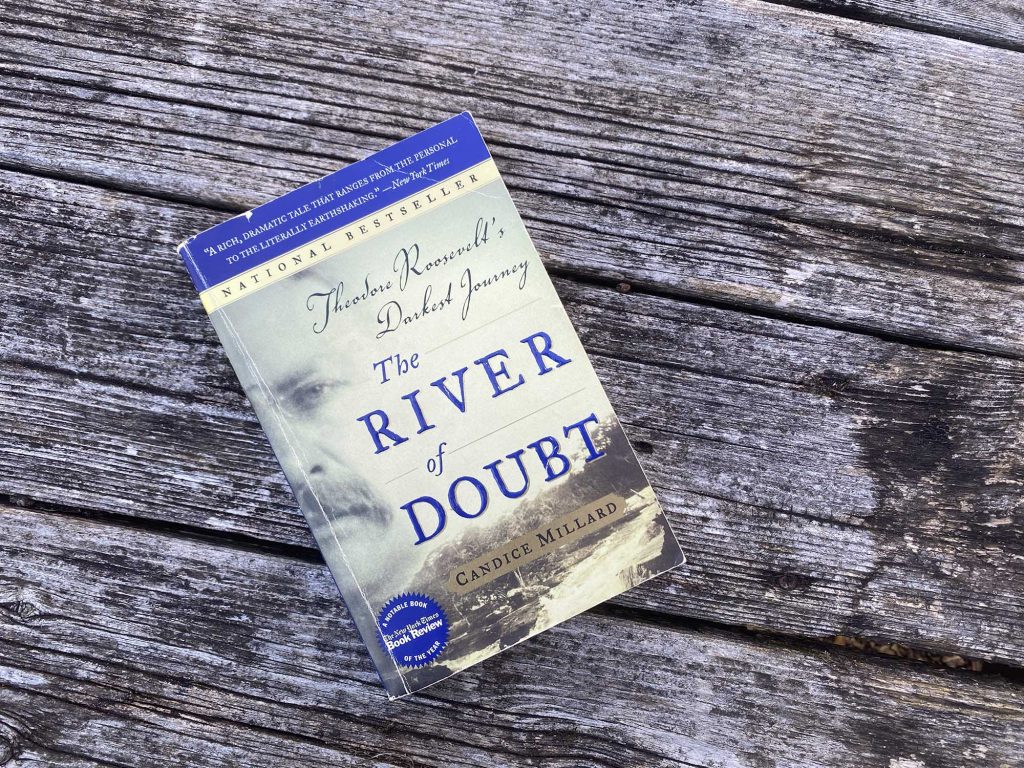Deceptively narrow, the Farm Bill is in fact definitively far-reaching. Beyond just agriculture, it allocates funds and has implications for everything from jobs and trade to nutrition and energy — and even conservation. In fact, it is one of the largest single sources of funding for conservation in the U.S.
Voted on every four to five years, this more than $800 billion legislation runs out at the end of September. The last several months have seen efforts by both the House and Senate to draft new iterations, with updated allocations, which will culminate in a vote next week on a consolidated version of the bill. And conservation — while not the most contentious component of the 1,000-plus-page document — is a disputed title.
I recently spoke with Ann Bartuska, vice president for land, water and nature with Resources for the Future (RFF), to gain insight on the bill, its significance and its impact on conservation efforts.
Can you tell me about Resources for the Future?
RFF is about 65 years old. It’s a resource economic think tank in Washington, D.C., which means that we’re primarily staffed by environmental economists and have focused on various environmental issues. The approach that we take is very much nonpartisan, unbiased, and analytical. So we try to get the data and use it to bring conclusions, and then get it in the hands of a policymaker without being policy-prescriptive.
Why is it important, when doing research such as this — which may affect or shape legislative or regulatory policy — for an organization to be independent and nonpartisan?
“In my experience over the years working with policymakers and Congress, they are bombarded with information from so many different sources, and many of them have a mission and an agenda.”
I think, in general, to have an organization or an entity that is considered a credible source of information — where the person asking for the information knows that it’s not being skewed one way or another, that it’s not preferentially supporting one line of thought — that allows a policymaker to come to the table and [say,] ‘OK, what I’m hearing from RFF is the story; this is what the data say.’ And I say that very clearly because in my experience over the years working with policymakers and Congress, they are bombarded with information from so many different sources, and many of them have a mission and an agenda, but unless you have done the work yourself, you don’t really know if this group is more biased toward this analysis and this other group is more towards another one. How do you find the sweet spot where you can actually know that this fact is truly a fact.
I think that’s one of the real strengths of RFF, [doing unbiased research] and then making it available to policymakers who ultimately have to make their own decisions.
What are the differences between Democrats and Republicans in terms of where they stand on the bill?
From my seat, I’ve seen greater common ground between the two parties on agriculture than on many things, but I think if you look at the House versus Senate versions, you get a bit of a flavor for the dominate theme. On the House side, there’s a real interest in … reducing the cost of the conservation programs and being, as they would describe it, “more efficient.” But really, [they] are reducing the amount of investment in those programs. Some analyses show that it would in fact significantly reduce the amount of conservation practices that could be put in place.
The Senate side is growing those programs and is recognizing the value of, in particular, the Conservation Stewardship Program (CSP).
Almost all of the conservation title programs in the Farm Bill are administered by the Natural Resource Conservation Service (NRCS). The one program that is not … is the Conservation Reserve Program (CRP), which is one of the titles that is in debate because the Senate side is proposing to expand it, and the House wants to dramatically reduce it. That is administered through the Farm Service Agency, but they work very closely with NRCS.
I did want to emphasize one thing, though. The Senate bill in particular wants to retain CSP; the House wants to merge it into the Environmental Quality Incentives Program (EQIP). My view, and the National Sustainable Agriculture Coalition describes it very well: EQIP is very project-based. It is driven by farmers’ requests. It’s like an individual grant, and it can be strategic but could also be [focused on] solving a short-term problem. It’s very much individually driven … and less strategic.
CSP takes the EQIP idea to the next level, and it requires a producer to have a fully integrated plan. EQIP might be a project where you’re [getting funding] to put in culverts to manage runoff. CSP on the other hand would force you as a producer to put all of your conservation practices in your entire agriculture system into one management plan, and so you are then being supported for a much more comprehensive, holistic approach to conservation.
So the two programs feed into one another very nicely, but CSP does give you a much more strategic, much more integrated, on-the-land approach. So [that’s] the value of keeping CSP.
Can you talk about the importance of weighing the needs of producers and the need to conserve our natural resources and landscape? Obviously, both are important considering that we have to feed an increasing number of people.
“NRCS was set up to reverse the trend of erosion and loss of soil that created the Dust Bowl.”
I think the starting point is exactly what you said. We are an incredibly rich agricultural country. We have a lot of diversity of crops, soils and climate zones that allow us to produce an amazing amount of food. We have, in net, increased our agricultural production per acre an enormous amount because of the research that’s been done, the improvement in practices and better understanding.
We also have a very strong conservation ethic in the United States, all the way back to the Dust Bowl, which was a real wakeup call. The NRCS was originally the sole conservation service in the U.S., and it was set up to reverse the trend of erosion and loss of soil that created the Dust Bowl so that building conservation practices into agricultural production became a critical priority.
[These conservation programs have evolved] from mostly a soil-erosion-based approach to being a lot more strategic on farms in terms of where these practices are put [into place], recognizing that water quality and water quantity issues are also very important.So a lot of agricultural producers are thinking about how to keep more water on the land. Especially in drought conditions, you do want to be able to capture some of that water more effectively, and how do you do that? Reduce nutrient runoff. That’s a real challenge in a fertilizer-driven production system, and so a lot of these practices are about how to improve the soil so that you reduce the need for fertilizers; you create a healthier soil, and you keep the soil on the land.
My experience working with farmers, ranchers and foresters is they really think multigenerational. There’s a group of dairy farmers that I just dearly love because they’re thinking ‘what am I doing on this land so that I have a legacy for my grandchildren?’ So your ethic is to [conduct] good land stewardship. But that has to be offset by the economic realities of production. I think this is where the evolution of the conservation programs [makes it] better to work [directly] with a producer so that you’re helping them meet their bottom line even as you improve conservation practices.
“Your ethic is to [conduct] good land stewardship. But that has to be offset by the economic realities of production.”
Do you think many of these conservation incentive programs ultimately help producers improve their bottom line?
I do. For example, some of these incentive programs also help build organic matter in soils because you’re doing the tillage that you do, the rotation. You might not plant the same crop every year; you would switch crops, and you would get more organic matter. We know that to improve soil health, you want to have more organic matter, which … helps keep nutrients in the soil. In many cases it reduces the runoff into water bodies.
By improving soils, you also then get the plants to respond by growing better. It could be that they grow bigger, depending on what type of plant it is, or the material in the seeds … would be more nutritious. We know very clearly that improving the quality of the soil improves the production, which then leads to the bottom line. Because if you get more crops per acre, you can improve your economic return.
The other thing is too, since many of the crops that we’re growing need fertilizer to be as efficient as they are — to hold those nutrients onsite, rather than letting them escape through runoff — you’re basically throwing your money away and farmers will say that. They don’t want fertilizer to run off their fields, if they can help it, because they’ve just spent money to put it out there. So the more you can retain it in the system, the better the return.
It sounds like farmers are very interested in these programs. In fact, I read that in 2017, NRCS had 19,000 applications for CSP — a 30 percent increase from the previous year — but only had money to fulfill approximately 6,500 of those.
That wouldn’t surprise me. They’re very attractive programs. Farmers know that it helps them, but also, the ability to get this incentive enables them to use federal funds to help support the work they’re doing. It basically helps them stretch their own dollar.
Agriculture is really running at the margins so tightly that the return on investment is very low — to the extent that every dollar spent doing something is money away from your ability to make ends meet effectively. So the more ways you have to build that capacity, the more efficient you can be.
“I think working with agricultural systems actually can be and has been shown to add significantly to our conservation goals.”
Do you think it’s important for the government to help provide producers with the tools to make conservation practices more economical?
Yes, I do, because … there are some things that are uniquely governmental, [that allow] you to function at a larger scale, that an individual producer may not be able to do.
It also provides equity — social equity — because producer A might be able to implement those practices because they’ve had a really good year, but producer B may be suffering and may not be able to institute those practices. Therefore, the quality of their overall production system may be lost. So these programs enable a leveling, if you will, for those who may be having some challenges making a return on investment with their current practices.
Do you think there’s often a perception that agriculture and conservation are at odds with one another?
I think working with agricultural systems actually can be and has been shown to add significantly to our conservation goals. I’ve mentioned nutrient management in soils, but we worked through the CRP to target pollinator habitat, too. That has benefits beyond an individual producer, so they’re able to set aside some of their land, move it out of agricultural production and turn it into pollinator habitat. That’s a good thing for more than just one individual; it’s good for the entire community.
We’re trying to figure out, and I think have learned a lot about, how you can have land management practices that also deliver on conservation goals.
How does the 2018 Farm Bill compare in terms of conservation to previous years?
Well, every Farm Bill seems to incrementally increase the commitment to conservation, and I think … this one definitely gives more thought to larger-scale, multi-producer, holistic, integrated approaches to conservation. There’s a clear ramp-up and a greater investment in conservation through [the Senate’s version of] the bill.
“This Farm Bill definitely gives more thought to larger-scale, multi-producer, holistic, integrated approaches to conservation.”
The Farm Bill is a very powerful piece of legislation, and almost every American in some way or another is affected by it — not just the conservation title of course, but all of the provisions. It’s also very comprehensive, it’s very complex, which is part of the discussion we’re having. But I think every Farm Bill has addressed conservation practices. [Lawmakers] are learning from previous activities, and they’re continuing to improve the efficiency and effectiveness of the conservation title.





